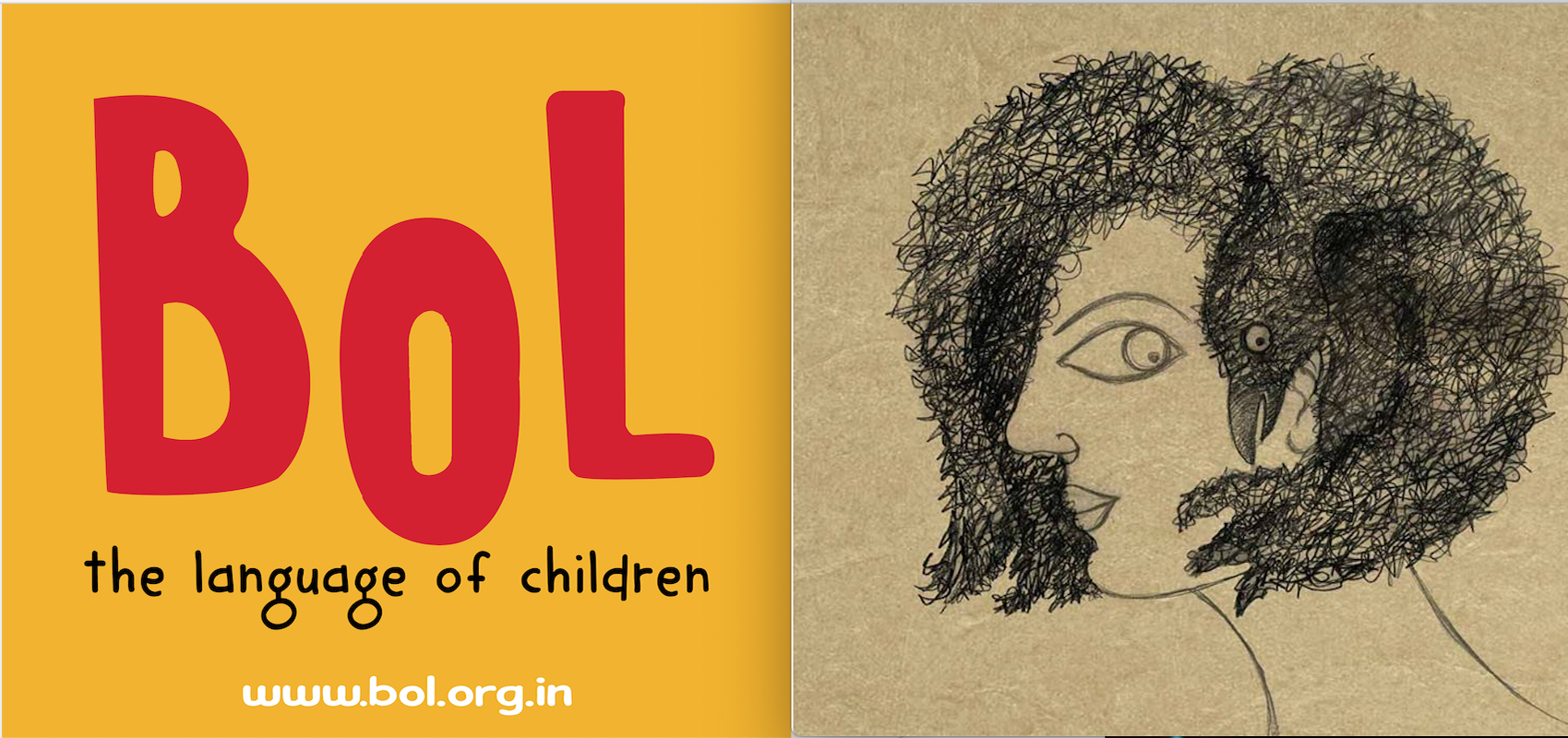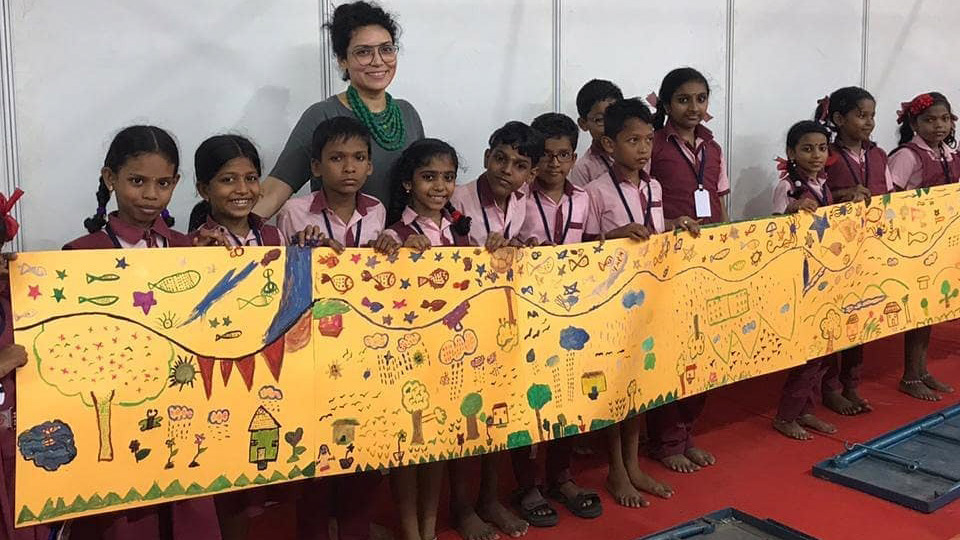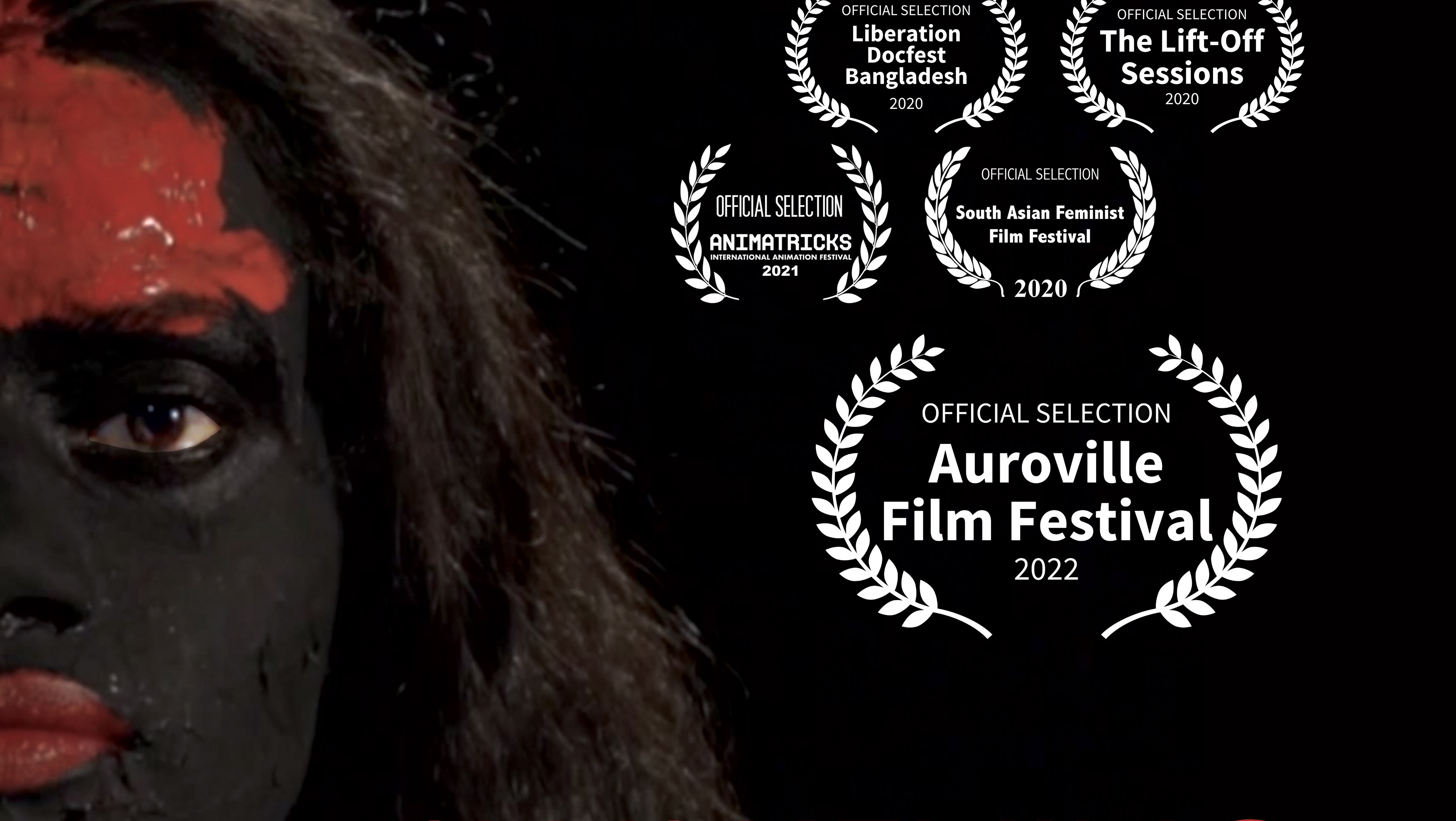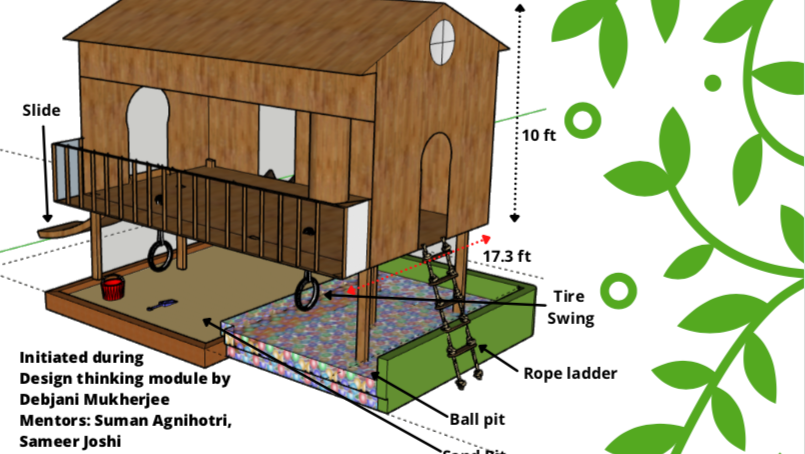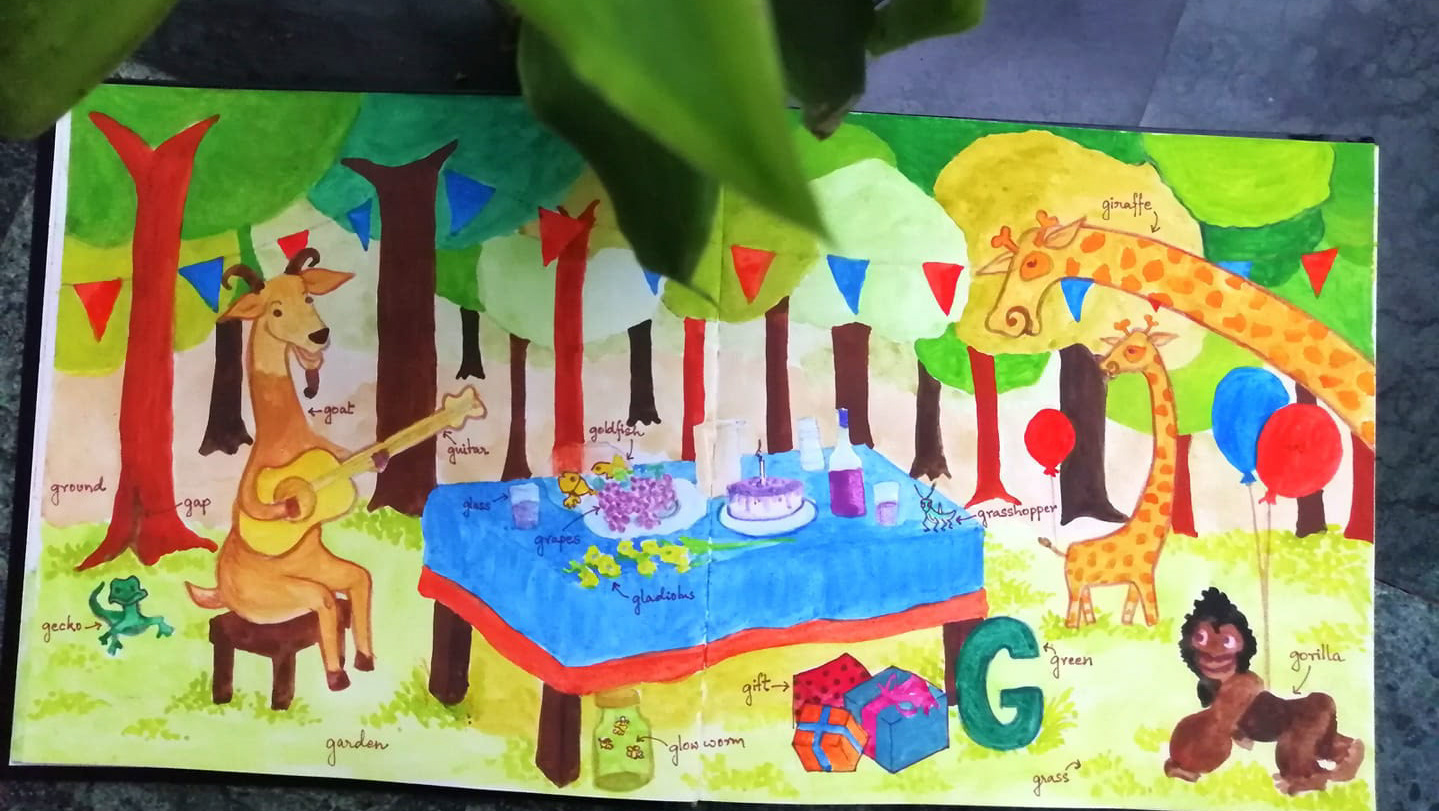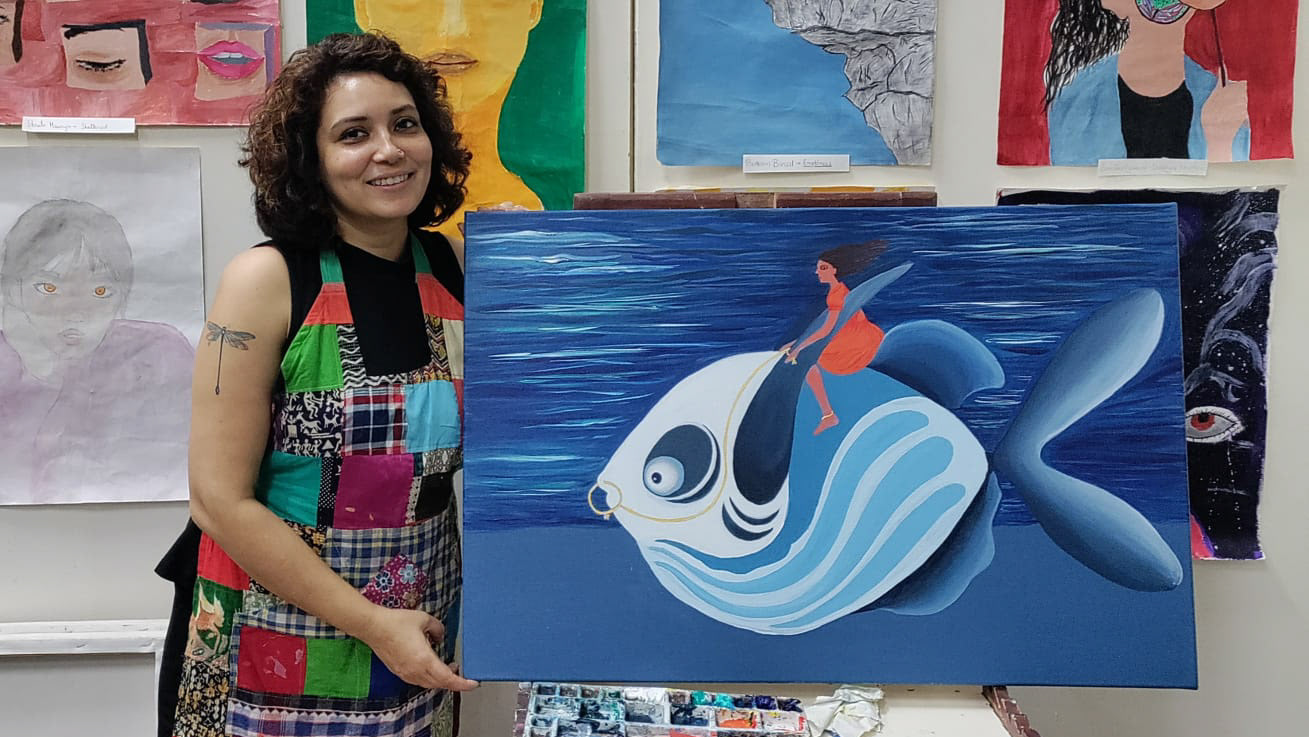Teaching Philosophy
I believe in an interactive classroom that is student-centred and inquiry-based, which leads to building an independent lifelong learner. Art, by its nature, has immense potential as an expressive medium, positively affecting our thinking, personality and attitude, enhancing cognitive growth, and fostering social, cultural and intellectual capabilities in the practitioners. My students design their learning spaces based on the lesson plan, teach one another, demonstrate their learning, and connect it to real-life experiences that contribute to the community.
Being trained in indigenous and modern learning theories has helped me bridge the gap between the East and the West, through the arts. I am inspired by Rabindranath Tagore and Nandalal Bose's philosophy of 'Shantiniketan', Rudolf Steiner's 'nature connect', John Dewey's 'Learning by Doing' or 'Experiential Learning', Vygotsky's 'zone of Proximal Development' and Howard Gardner's 'Multiple Intelligences' theories and try to implement them in my classrooms.
My teaching philosophy is supported by evidences from my classroom, pedagogy and practices. I regularly share these practices with the larger teaching community through international conferences and social media with the sole purpose of learning and sharing knowledge. It also gives me an opportunity to update myself with the latest knowledge produced in the field and in the education sector. I attempt to practice what I preach, and hence live a life that is connected to nature, and practice art as a way of life.
Differentiation and Diversity
I have gained experience in diverse learning spaces and classroom settings. My experience in university and schools, public and private education sectors, urban and rural environments and formal and out-of-classroom teaching has immensely helped me in creating a safe learning environment and accommodating every unique student in my classroom.
I design my lessons after I am aware of my students’ cultures, backgrounds, levels of knowledge/skills, and learning styles. I keep all of the above into consideration and provide multiple means of access to materials, and deliver content in multiple learning strategies and use diverse methods of instruction, to accommodate all MIs in my classroom allowing for auditory, kinesthetic and visual learners to be successful. I coordinate classroom teaching/learning to achieve a balance between whole-group instruction, small-group collaboration and individual work.
Assessments
I apply varied assessment methods to improve student learning, critically reflect on my teaching and measure the knowledge gained by my students.
Assessment FOR Learning/Formative Assessment is essential to increase student learning and to provide me feedback, to assess the need for adjustment in instruction. Some examples are exit slips, quizzes, student demonstrations, classroom discussions and group work. These Informal Assessments also help in ongoing monitoring, to evaluate student comprehension and modify lesson plans as needed.
Assessment AS Learning/Student Formative Self-Assessment allows students to reflect on their own understanding of the lesson’s learning goal, and propose learning strategies and future goals.
Assessment AS Learning/Student Formative Self-Assessment allows students to reflect on their own understanding of the lesson’s learning goal, and propose learning strategies and future goals.
Assessment OF Learning/Summative Assessment includes the use of pre and post-tests to show the understanding, interpretation, growth and mastery of a concept. These are often instructor-created exams as standardised tests, final projects, portfolios or essays.
Classroom Management
I design my classroom environment such that it fosters respect for all, there is student agency, discipline, students take responsibility for their actions, it cultivates a learner mindset and most importantly, be a happy space to welcome my students.
I encourage students to develop a balance between independent work habits and collaboration with peers on projects through varied classroom opportunities.
UNIT PLAN: IB MYP Visual Arts Unit Plan: Coming of Age
Using Space as a Pedagogy Tool:
The students choose/design their learning spaces based on the class and the learning objective.
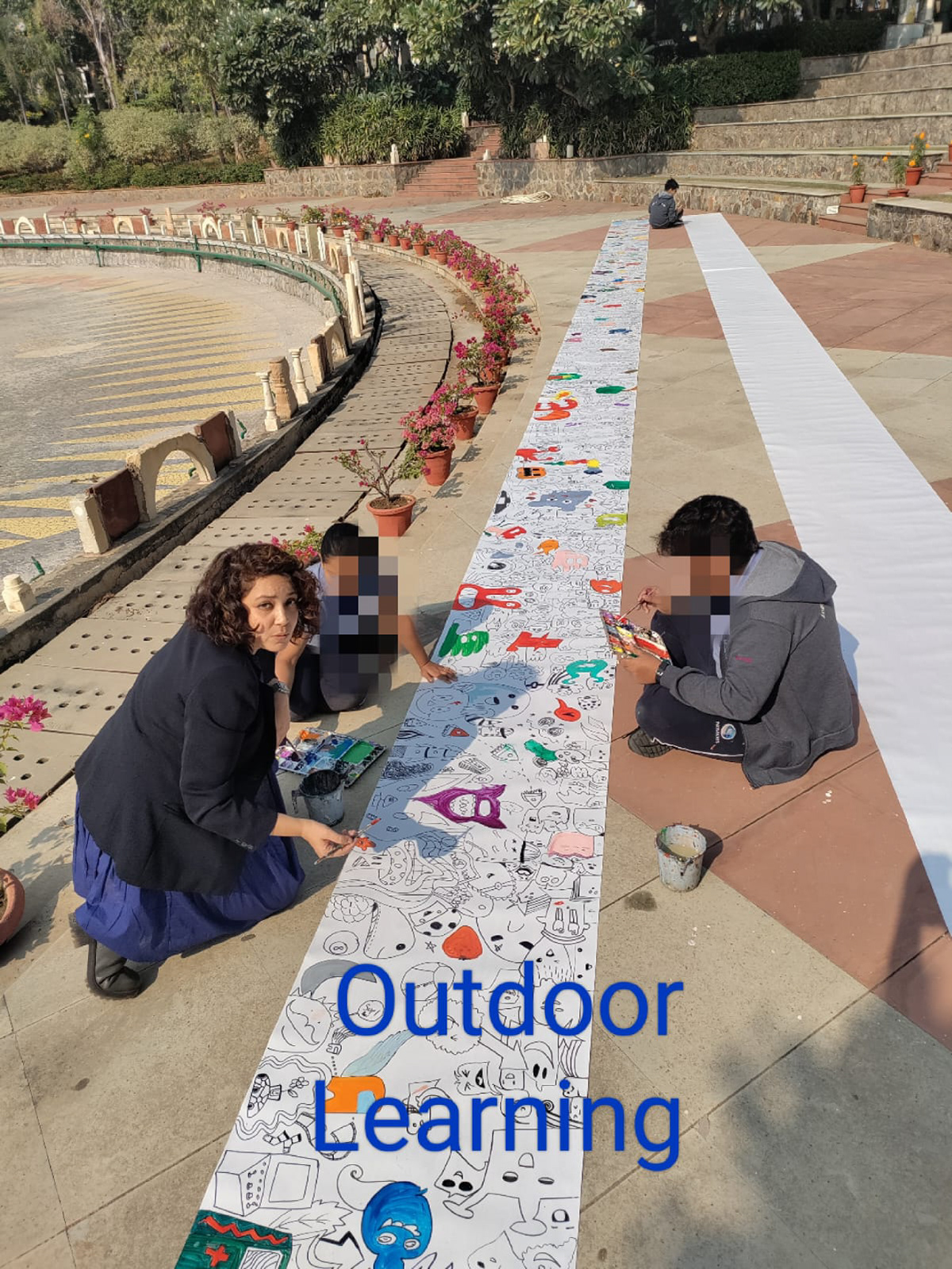
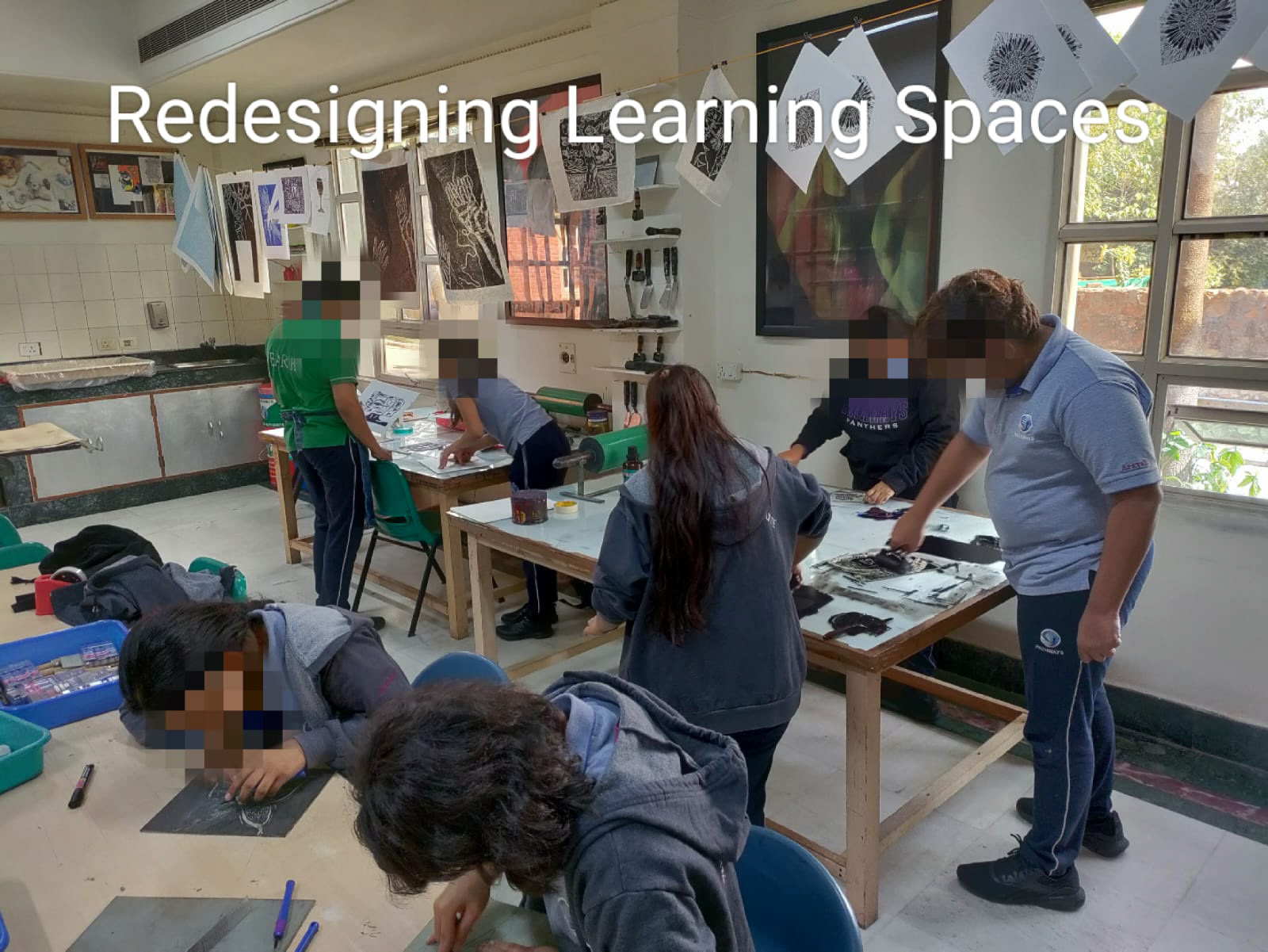
Practising Metacognition:
Metacognition involves critical awareness of the learner. As a teacher, I create moments for them to reflect, plan, monitor and assess one's understanding of the concept, the process and reflect on their learning methods. This also provides feedback to the teacher to make teaching individualised and personalised.
Below is a Learner Metacognition chart that I ask my students to reflect on.

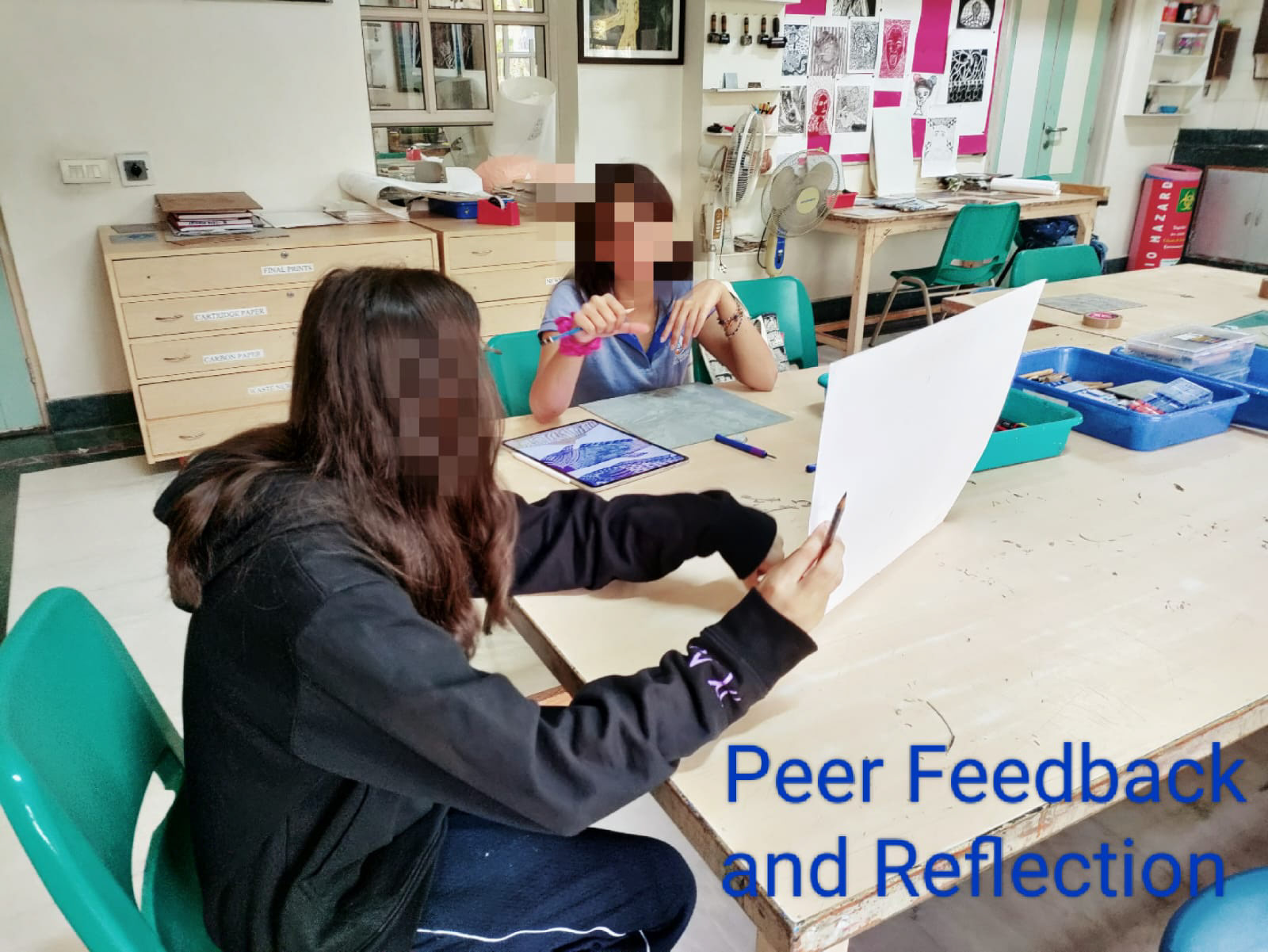
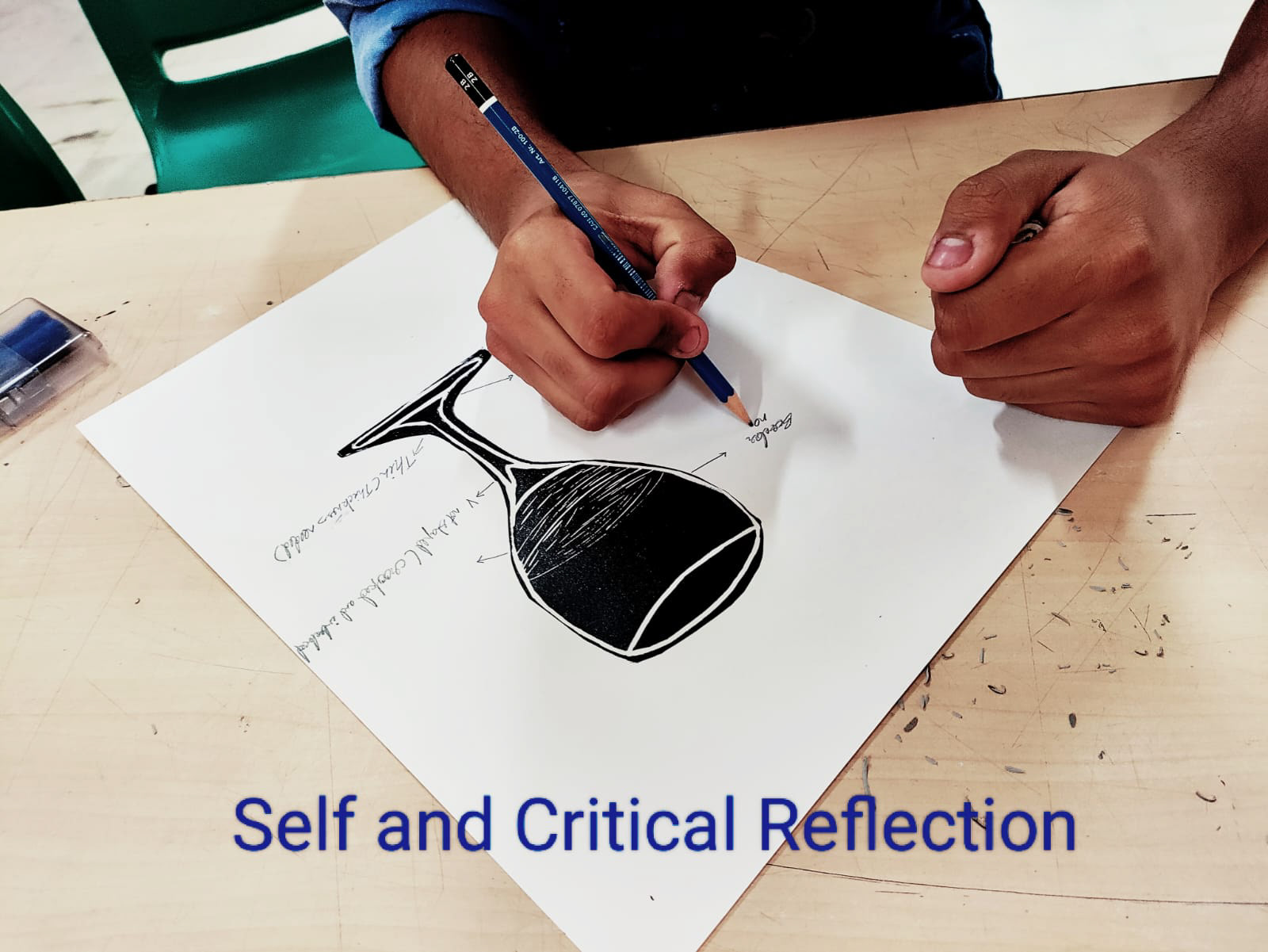
Art as a Way of Life:
Artists don't practice art only in classrooms. They live it. I try to implant this lifestyle in my children/students from early on.

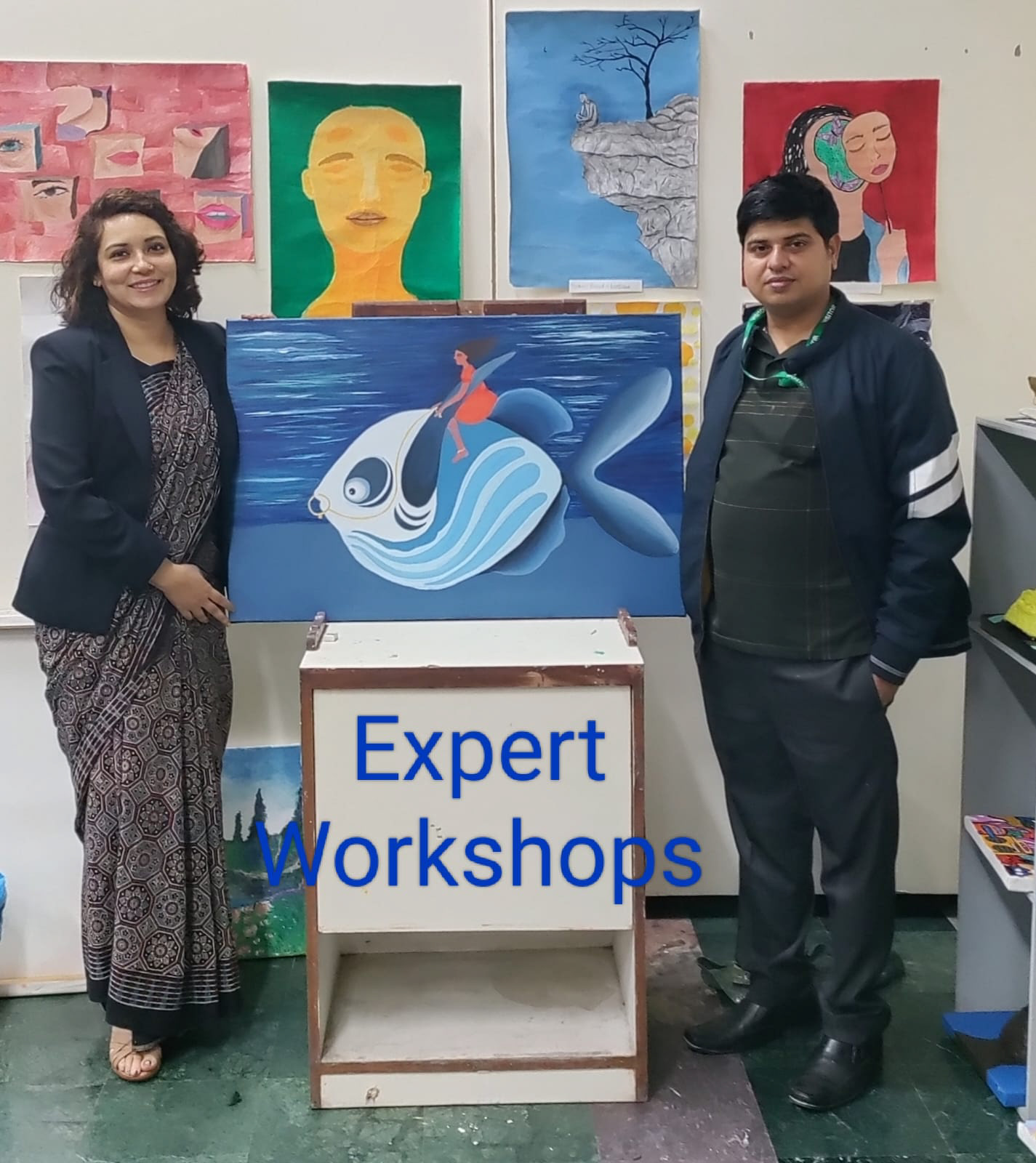
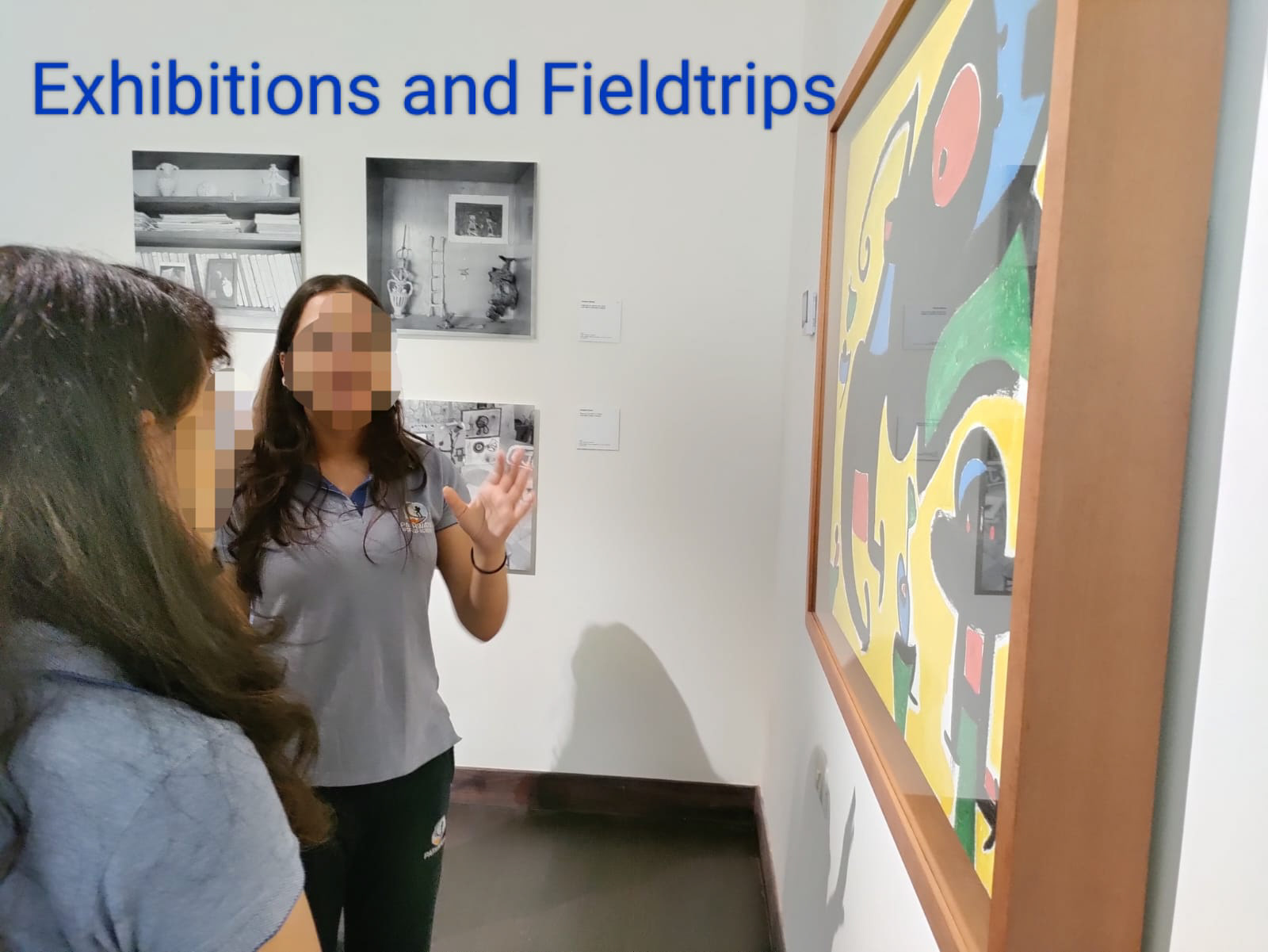
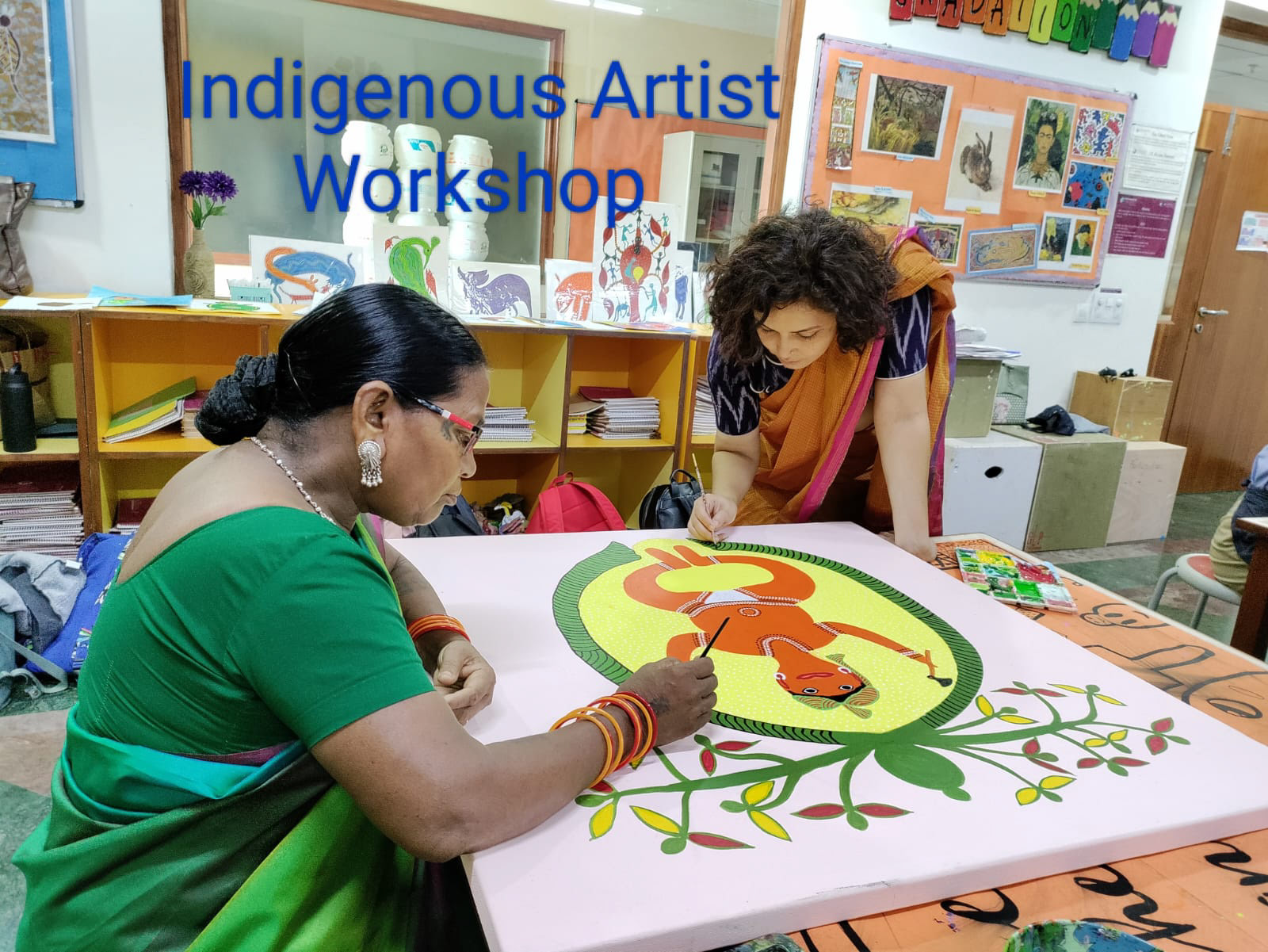
Making learning Visual:
I keep in mind the different 'Multiple Instelligences' of my students and try to deliver my teaching in different methods to address all learning styles.
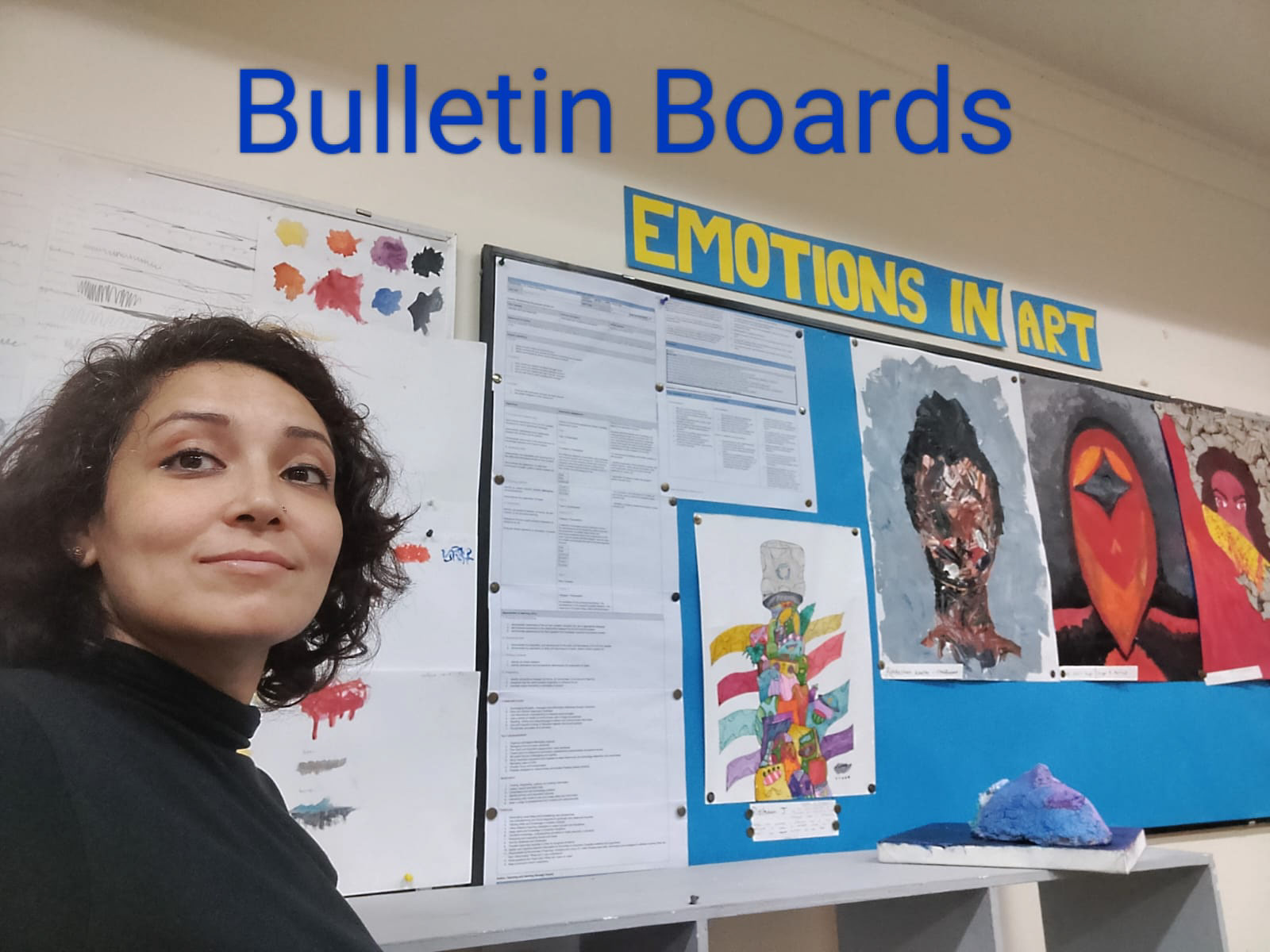
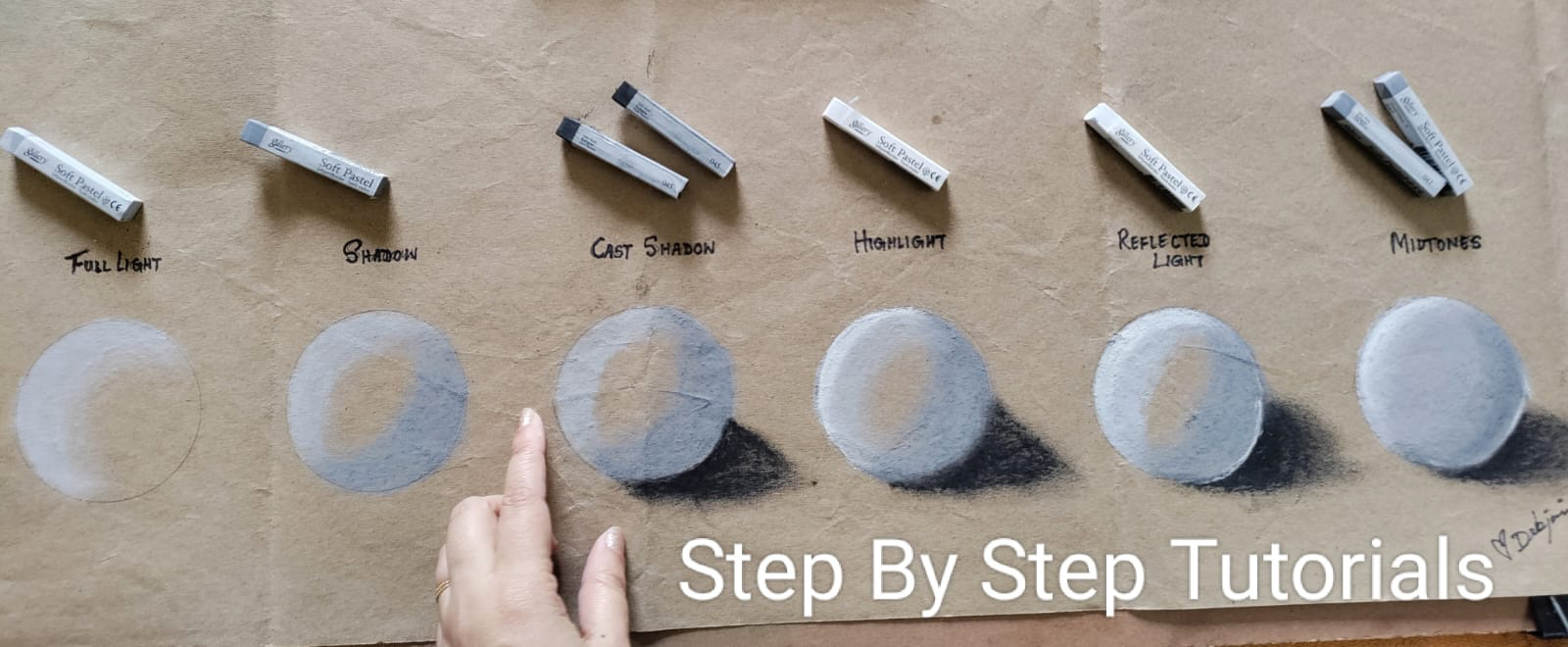
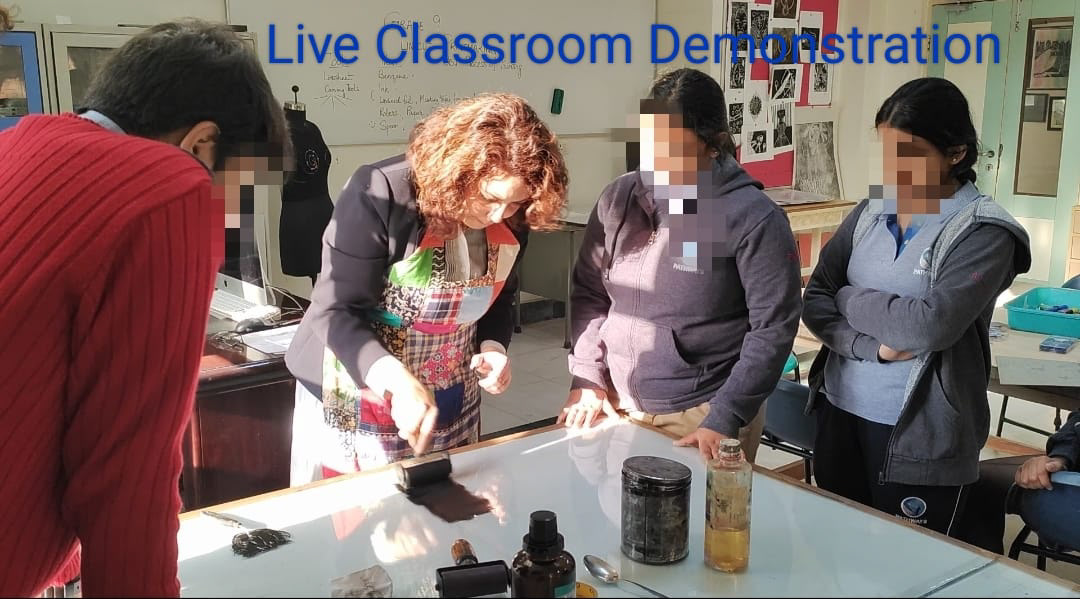
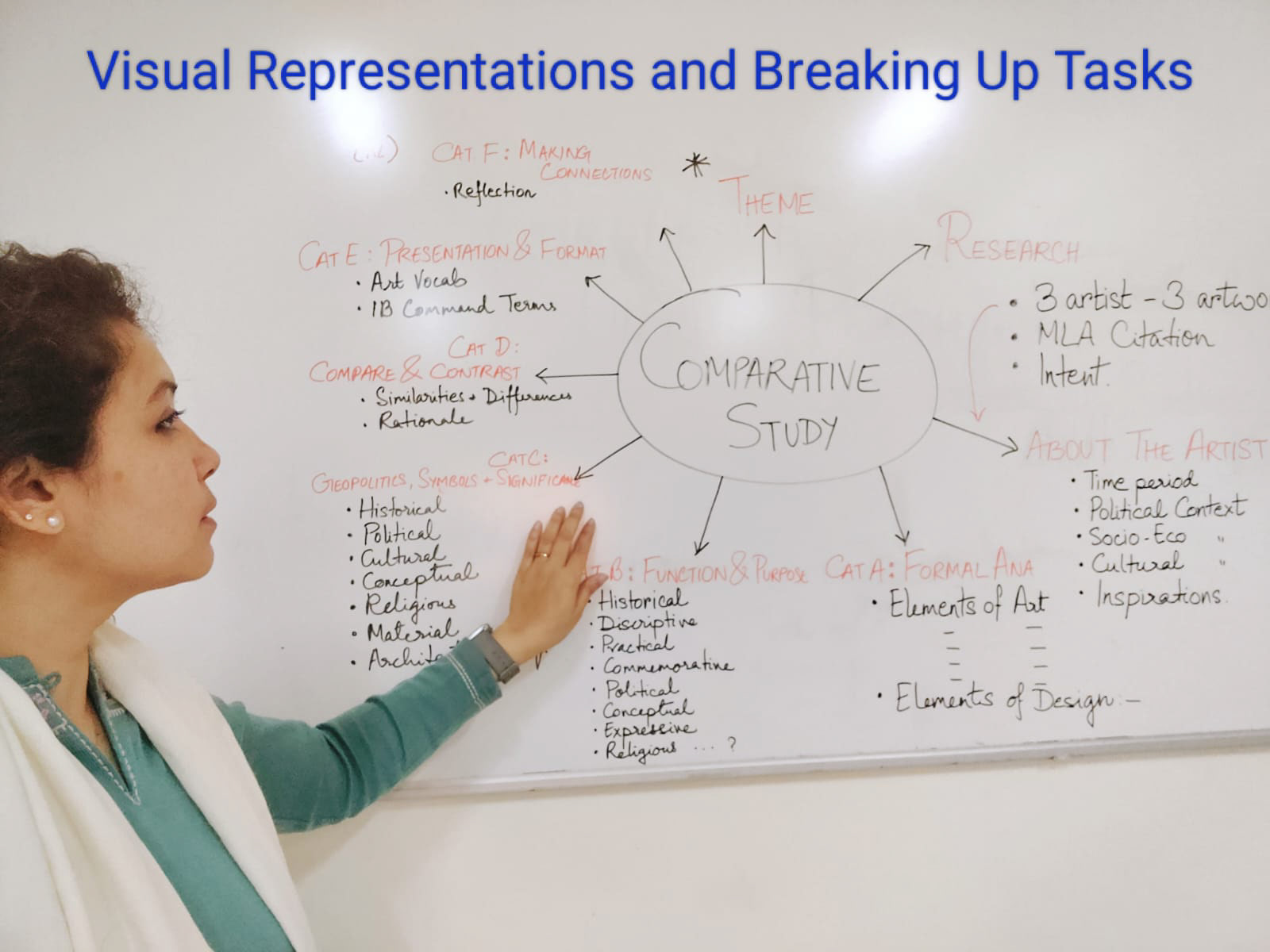
Evidence of Teaching/Learning Practices
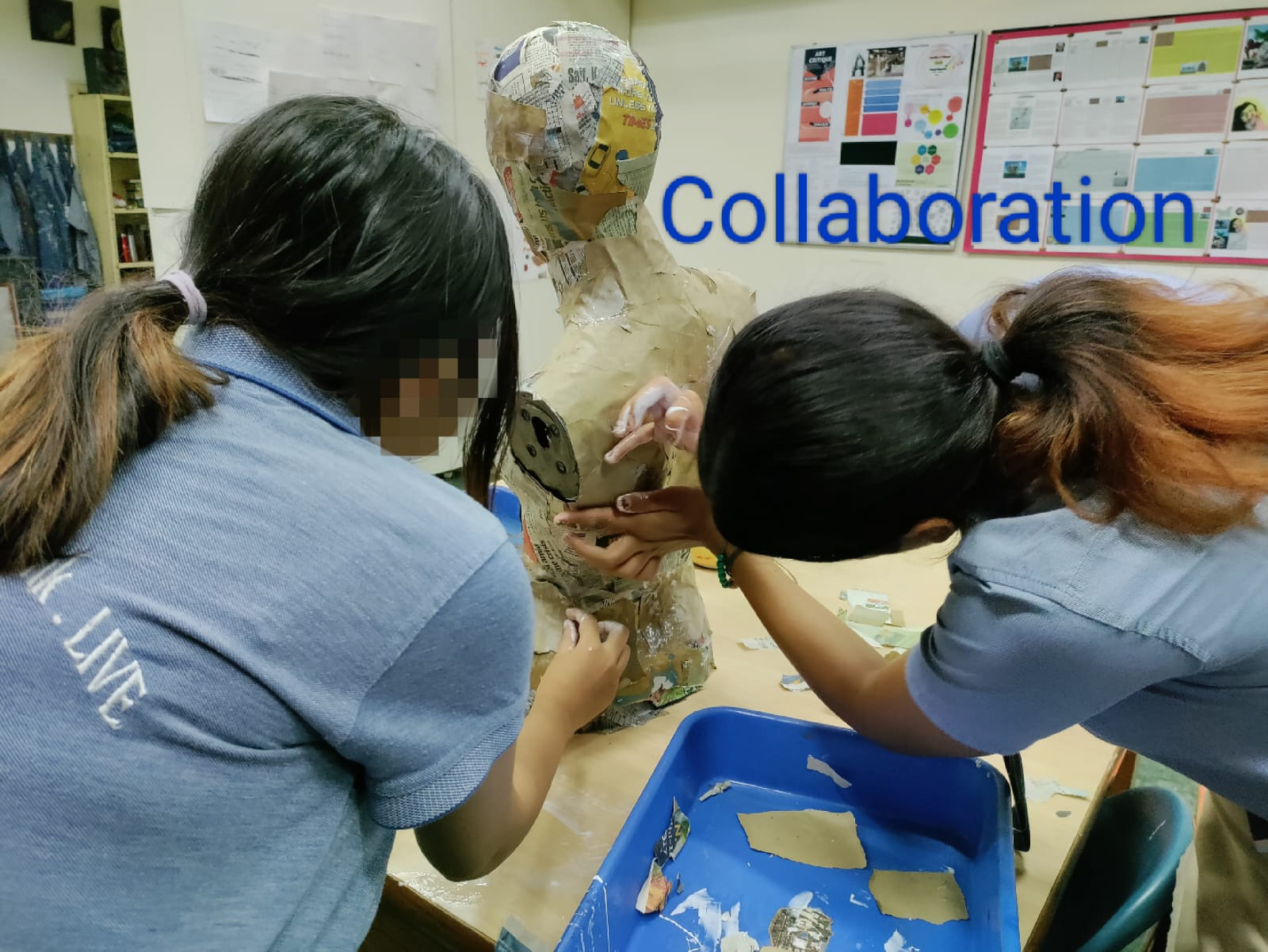
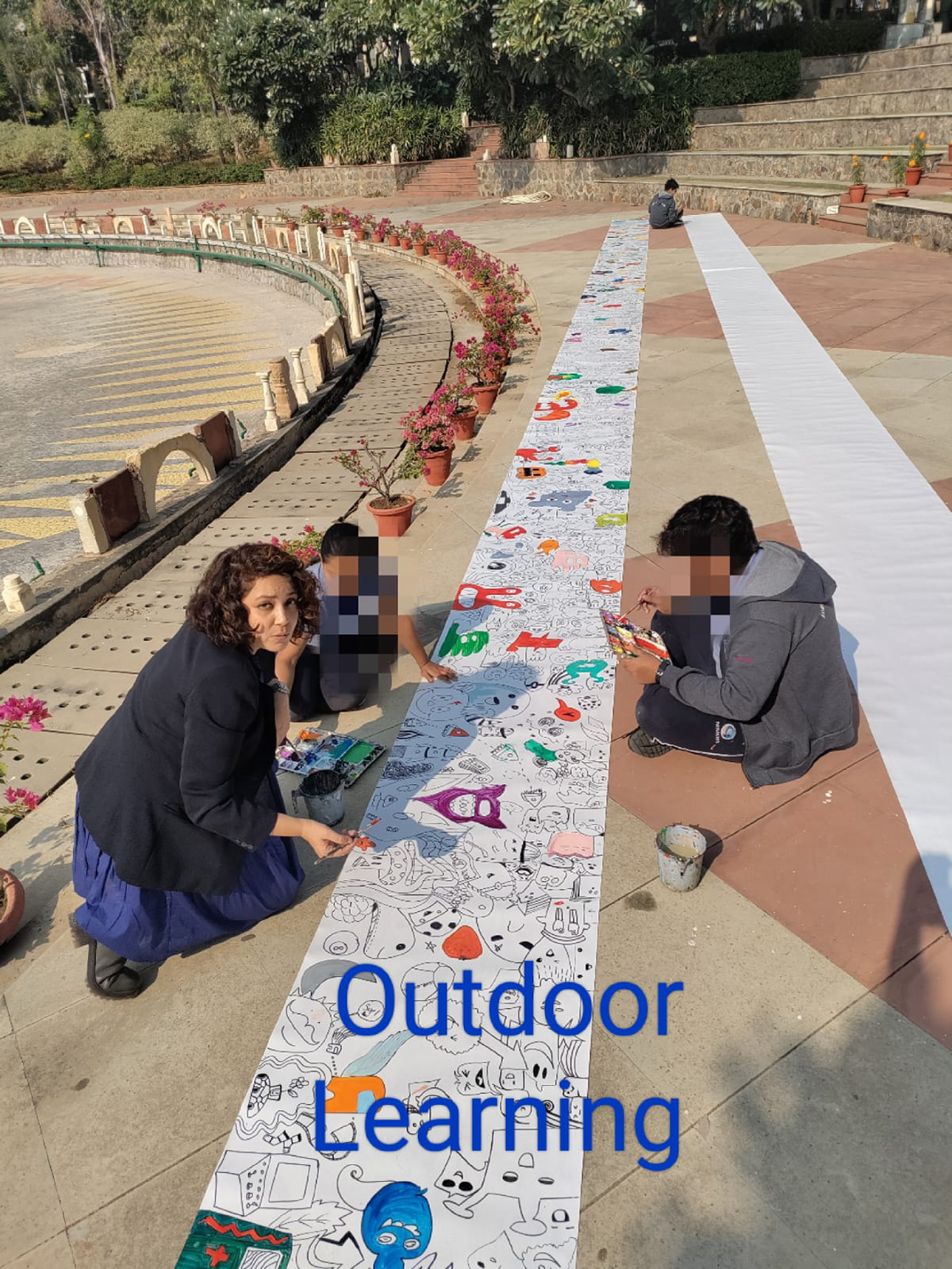
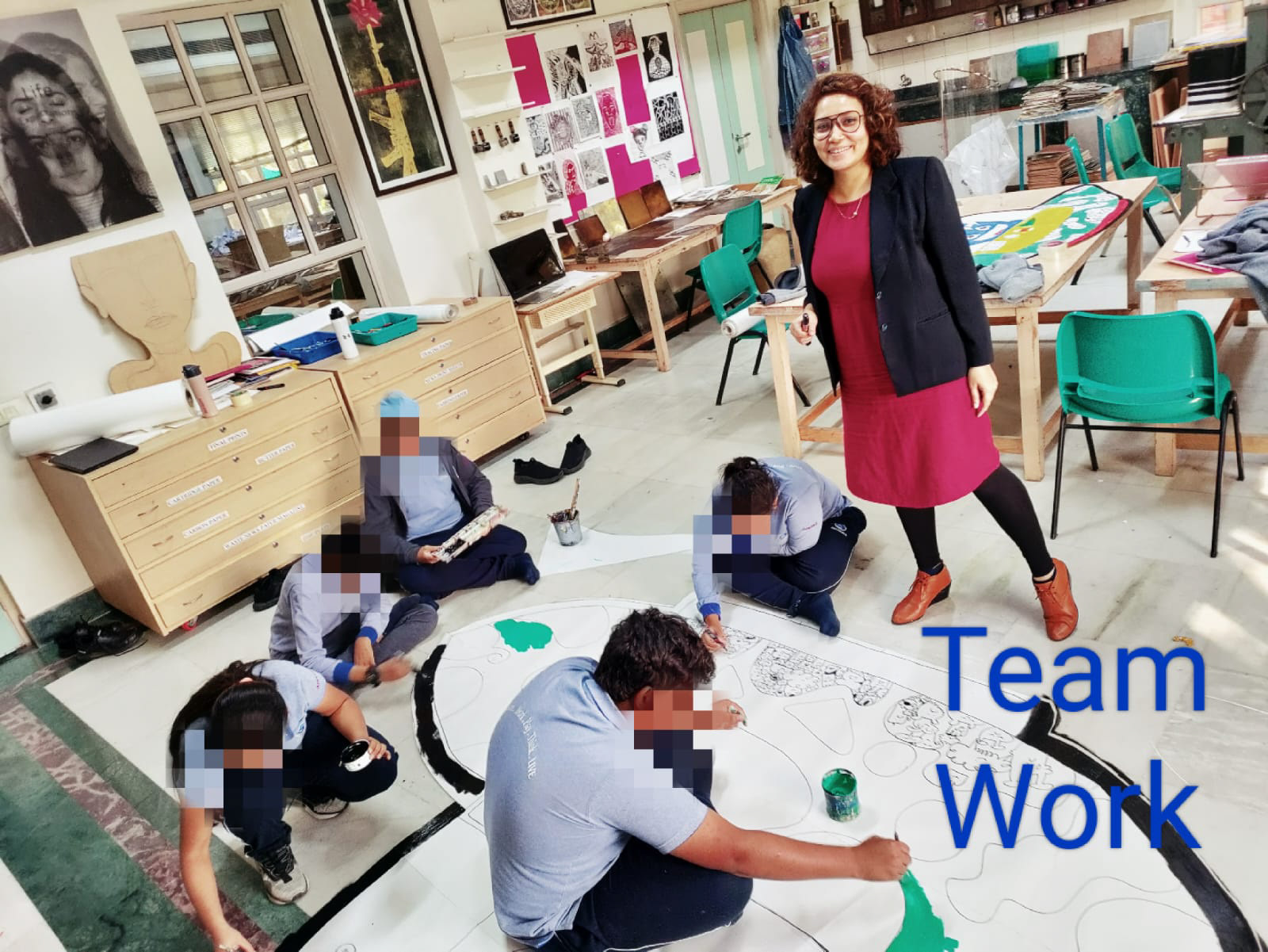
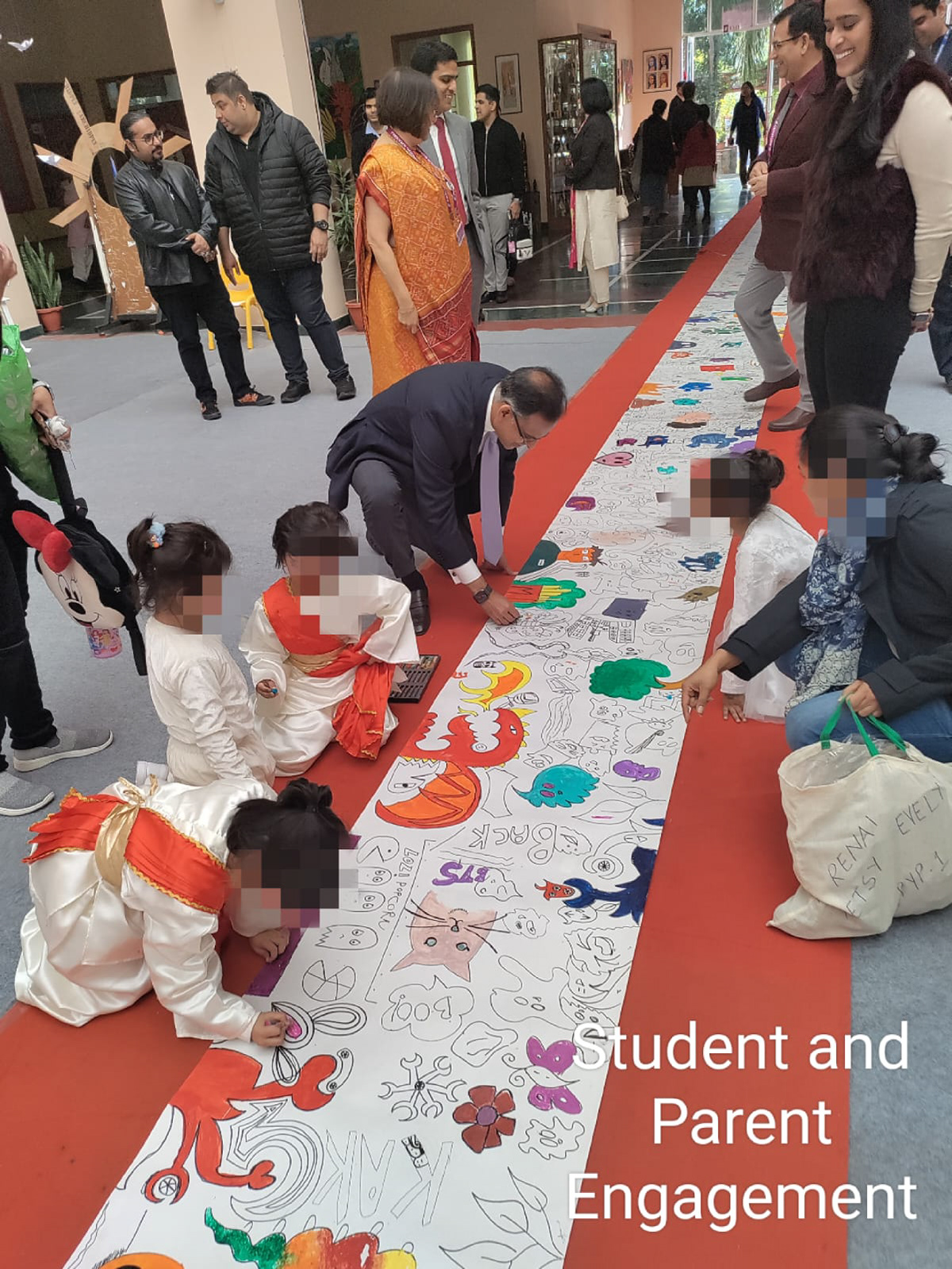

Extra Curricular Activities:
Annual School productions, Set Designs
Mentoring personal projects, passion projects, E-Portfolios, CAS
Mentoring student-led clubs, Camping activities
For my Class Observation, kindly contact me personally. I refrain from sharing the video here for Safeguarding Child Safety and Cyber Crime purposes.
